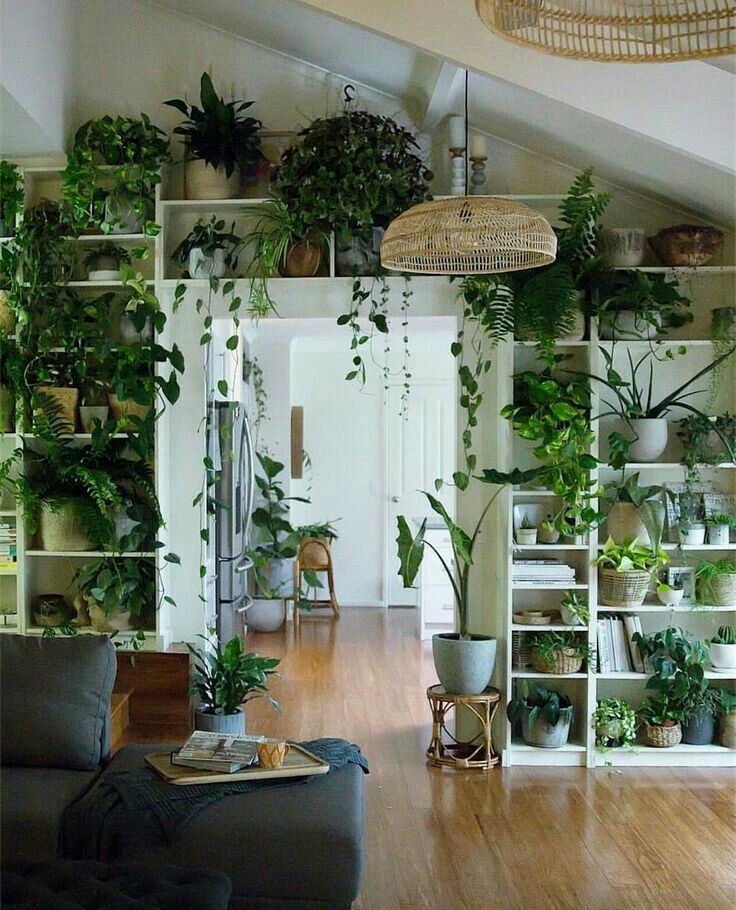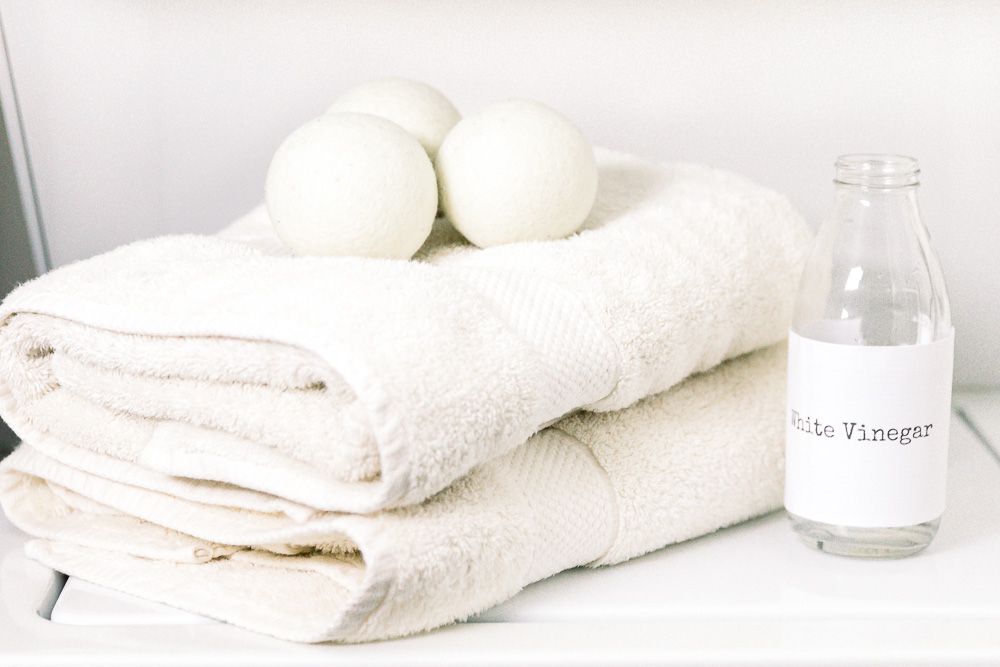Kitchen garden plants
25+ Kitchen garden plants to grow 🪴 Learn how to grow things 👩🌾
Having fresh herbs and vegetables at your fingertips is really convenient, and it’s also great for your health to cook with ingredients that are as close to their natural state as possible. But when it comes to choosing kitchen garden plants, it can be tough to know where to start. Here are some of my favorite plants for a kitchen garden, along with tips on how to care for them.
1. Lettuce
Lettuce is one of the easiest kitchen garden plants to grow, and it’s also one of the most versatile. You can use gourmet lettuce in salads, on sandwiches, or even as a healthy wrap alternative. I like to grow a mix of different varieties so that I always have something new to try.
Here are some gourmet lettuce varieties to include in your kitchen garden:
- Buttercrunch lettuce
- Marvel of four seasons lettuce
- Tom thumb lettuce
- Oak leaf lettuce
- Parris Island cos lettuce
Lettuce can be harvested all year in all but the coldest climates.
2. Tomatoes
Tomatoes are another kitchen staple that is easy to grow at home. There are so many different varieties of tomatoes, from small and sweet cherry tomatoes to large and meaty heirloom varieties. You can even find purple varieties!
No matter what type of tomato you choose, be sure to give them plenty of room to grow. Tomatoes are heavy feeders, so they will need plenty of fertilizer, too.
Here are some of my favorite tomato varieties:
- Brandywine tomatoes
- Sungold tomatoes
- Green zebra tomatoes
- Black Krim tomatoes
Tomatoes can be harvested from summer through early fall.
3. Basil
Basil is a fragrant culinary herb that is commonly used in Italian cooking. It’s easy to grow indoors or out, and it’s a great plant for beginning gardeners. Be sure to pinch off the basil leaves often to encourage new growth.
Here are some of my favorite basil varieties:
- Genovese basil
- Emerald towers basil
- Giant basil
4.

Carrots are SO much better when they’re homegrown! They’re easy to care for and they don’t take up a lot of space, making them perfect for small kitchen gardens. Be sure to thin out the seedlings once they’ve germinated so that the carrots have enough room to grow.
Here are some of my favorite carrot varieties:
- Nantes carrots
- Danvers carrots
- Imperator carrots
- Paris market carrots
5. Peppers
Peppers are a kitchen staple that can be used in so many different dishes. From sweet bell peppers to spicy jalapeños, there’s a pepper for everyone. Peppers are easy to grow, but they do need warm weather to thrive. Be sure to start them indoors if you live in a climate with cool summers.
Here are some of my favorite pepper varieties:
- Bell peppers
- Jalapeño peppers
- Serrano peppers
- Poblano peppers
6. Cucumbers
Cucumbers are another kitchen garden staple. They’re perfect for salads, sandwiches, and snacks.
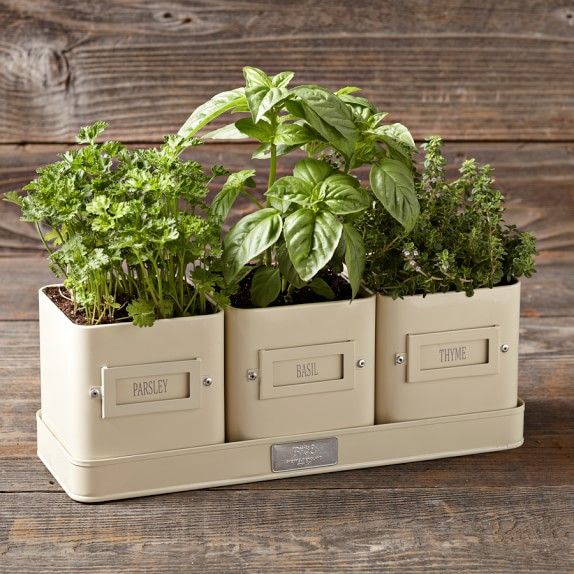
Here are some of my favorite cucumber varieties:
- Lemon cucumbers
- Bloomsdale cucumbers
- Armenian cucumbers
7. Scallions
Scallions (green onions) are a kitchen staple that is often used as a flavor enhancer. They’re super easy to grow, and they don’t take up much space. Be sure to thin out the seedlings once they’ve germinated so that the scallions have enough room to grow.
Here are some of my favorite scallion varieties:
- Parade scallion
- Evergreen white scallions
- Candy onion scallions
8. Green beans
Green beans are easy to grow, and they don’t take up much space. Be sure to water them regularly, and pick the beans often to encourage more growth.
Here are some of my favorite green bean varieties:
- Kentucky wonder beans
- Blue Lake beans
- Contender beans
9.
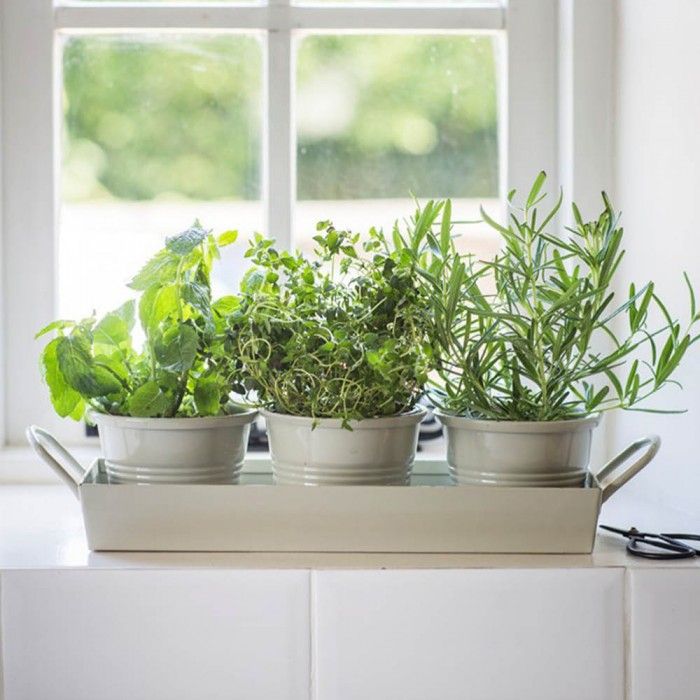
Radishes are a kitchen garden staple that is often used as a flavoring or garnish. They’re easy to grow, and they don’t take up much space. Be sure to thin out the seedlings once they’ve germinated so that the radishes have enough room to grow.
Here are some of my favorite radish varieties:
- Cherry Belle radishes
- French breakfast radishes
- Watermelon radishes
10. Kale
Kale is a cold-weather staple and can be grown year-round in most climates. Be sure to water it regularly and fertilize it often. Kale does best when it’s grown in full sun.
Here are some of my favorite kale varieties:
- Lacinato kale
- Redbor kale
- Toscano kale
11. Spinach
Spinach is another cold-weather staple that can be grown year-round in most climates. Be sure to water it regularly and fertilize it often. Spinach does best in hotter weather when it’s grown in full sun or partial shade.
Here are some of my favorite spinach varieties:
- Bloomsdale spinach
- Space spinach
- Olympia spinach
12.
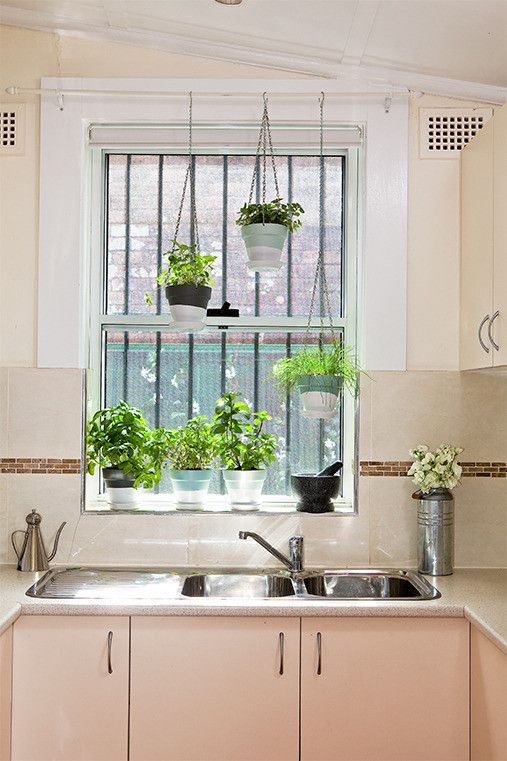
Ginger root is surprisingly easy to grow at home! All you need is a piece of ginger root from the grocery store. Plant the ginger root in well-drained soil and water it regularly. Be sure to give it plenty of indirect sunlight.
Here are some of my favorite ginger root varieties:
- Thai ginger
- Chinese ginger
- Indonesian ginger
13. Chives
Chives are a kitchen garden staple that is often used as a flavoring or garnish. They’re easy to grow, and they don’t take up much space. Be sure to thin out the seedlings once they’ve germinated so that the individual plants have enough room to grow.
Here are some of my favorite chive varieties:
- Garlic chives
- Onion chives
- Dolores chives
14. Peas
Peas are a kitchen garden staple that can be used in so many different dishes. They’re easy to grow, but they do need cool weather to thrive. Be sure to start them indoors if you live in a climate with warm summers.
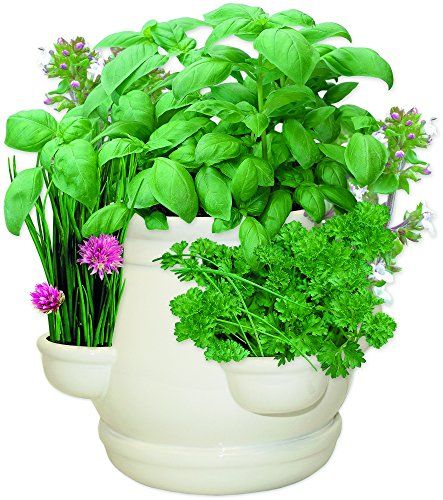
Here are some of my favorite pea varieties:
- Snow peas
- Sugar snap peas
- English peas
15. New Potatoes
Potatoes are a kitchen garden staple that can be used in so many different dishes. You can plant all sorts of gourmet varieties and harvest a few of the first “new” potatoes from each plant about 2 months after the seed potatoes are planted.
Here are some of my favorite potato varieties:
- Yukon gold potatoes
- Purple majesty potatoes
- German butterball potatoes
- Red Pontiac potatoes
16. Garlic
Garlic is a must-have crop in the kitchen garden. These plants grow best in full sun and in soil that drains well. Plant the cloves in the autumn and harvest the bulbs the following year in early summer. Be sure to water the plants regularly and fertilize them often.
Here are some of my favorite garlic varieties:
- Chesnok red garlic
- Music garlic
- Italian purple garlic
“There are two types of garlic to grow, each with its own advantages.
Hardneck varieties produce flower stalks called scapes – a tasty bonus crop before the bulbs themselves mature. Softneck varieties, on the other hand, are better keepers, enabling you to dip into your store of garden-grown bulbs for longer”GrowVeg: The Beginner’s Guide to Easy Vegetable Gardening, by Benedict Vanheems
17. Zucchini
Zucchini is a prolific producer in the kitchen garden. It also has a host of uses in recipes, and can be used for everything from spiralized zoodles to grilled slices and even chocolate zucchini cake! Even the blossoms are edible (and can be grilled – yum!). Be sure to water the plants regularly and pick the squash often to encourage more growth.
Here are some of my favorite zucchini varieties:
- Black beauty zucchini
- Costata romanesco zucchini
- Golden zucchini
- Cue ball zucchini
18. Rosemary
Rosemary is a kitchen garden staple that is often used as a flavoring or garnish.
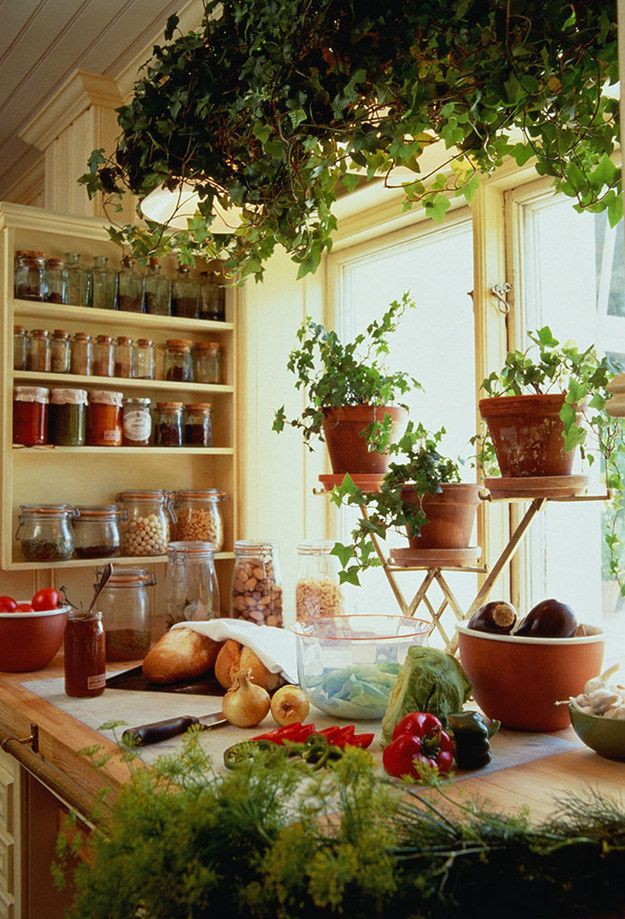
Here are some of my favorite culinary rosemary varieties:
- Tuscan blue rosemary
- Arp rosemary
- Hill hardy rosemary
19. Thyme
Thyme is a kitchen garden staple that is often used as a flavoring or garnish. There are many different types of thyme, some of which are meant to be ornamental and others that have been selected for culinary use.
Here are some excellent culinary thyme plants to consider:
- English thyme
- French thyme
- German thyme
20. Wasabi
Wasabi plants are becoming more common in kitchen gardens as easier-to-grow varieties become available. These plants need rich, well-drained soil and plenty of moisture to thrive. They also prefer shady conditions.
Here are some of my favorite wasabi varieties:
- Miyama wasabi
- Saruka wasabi
- Oka wasabi
21.

Cucamelon plants are a favorite in kids’ gardens! These tiny cucumbers really do look like mini watermelons growing in abundance all over rambling vines.
22. Culinary pumpkins
Culinary pumpkins, including most heirloom pumpkins, are excellent for those with larger kitchen gardens. The plants need sun, well-draining soil, and lots of nutrient-rich compost to thrive. Pumpkins make wonderful curries, soups, and of course, pumpkin pie!
Here are some excellent cultivars of culinary pumpkin:
- Jarrahdale pumpkins
- Rouge vif d’Etampes pumpkins
- Long Island cheese pumpkins
- Dickinson pumpkins
23. Edible Flowers
Edible flowers are a beautiful and delicious addition to the kitchen garden. While many people think of roses as the only edible flower, there are actually many different types of edible flowers that can be used to garnish salads, desserts, and main dishes.
Some of my favorite edible flowers include:
- Roses
- Violets
- Nasturtiums
24.
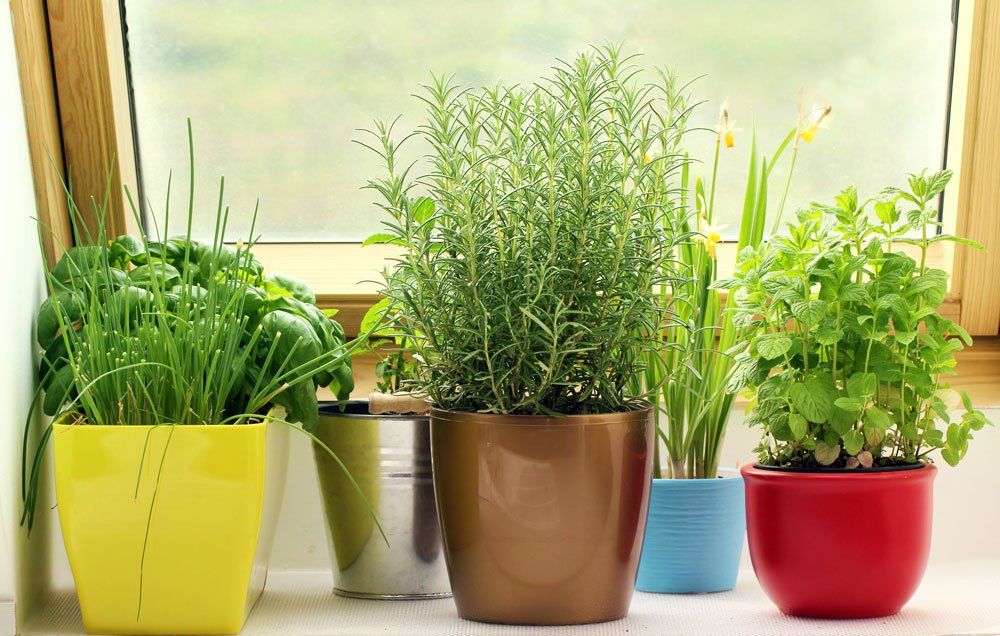
Tree fruits like apples make excellent perimeter plantings around a kitchen garden. You can even espalier them along a fence or wall to save on space. Growing your own apples allows for many varieties that are hard to find at the grocery store and even at farmers’ markets. Here are some heirloom types of apples to consider growing:
- Jonathan apples
- Black oxford apples
- Cox’s orange pippin apples
- Hudson’s golden gem apples
- Grimes golden apples
25. Italian parsley
Italian parsley (flat-leaf parsley) is a mainstay in a potager. It’s often used as a garnish or to add flavor to dishes. It’s also a good source of vitamins A and C.
Here are some of my favorite Italian parsley cultivars:
- Giant of Italy parsley
- Fernleaf parsley
- Neapolitan parsley
26. Arugula
Arugula is a gourmet green perfect for salads, pizzas, and other fresh summer meals. It has a peppery flavor that some people find to be too strong for eating raw.
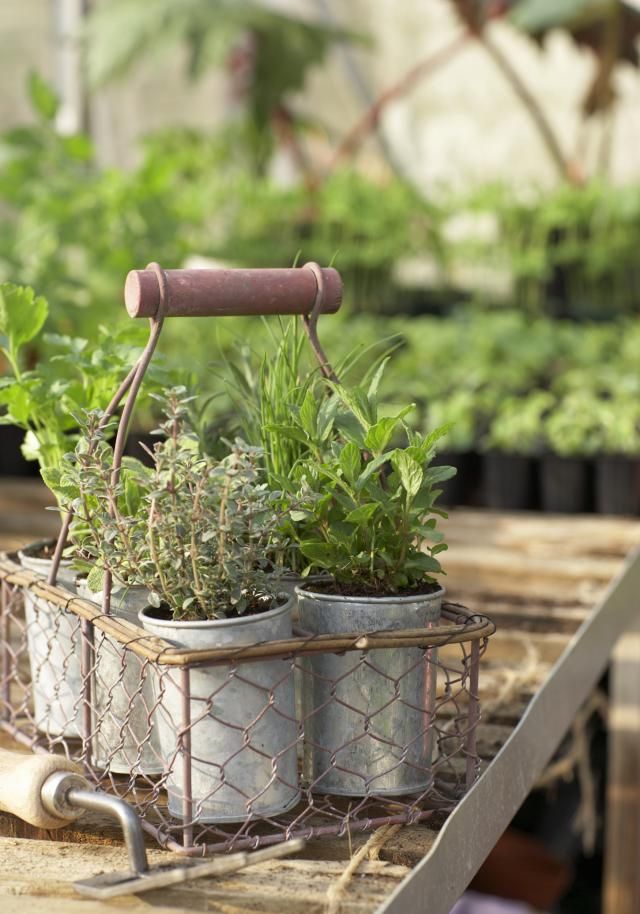
27. Cilantro
Cilantro is a kitchen garden staple that can be used in salads, sandwiches, and as garnish. It has a unique, fresh, slightly citrus flavor that pairs well with many different dishes.
Here are some of my favorite cilantro varieties:
- Santo cilantro
- Calypso cilantro
- Caribe cilantro
7 Must Grow Easy Plants for Every Kitchen Garden
Gardening
ByStephanie Wilson
Have you ever considered growing your own garden? If you’ve ever tasted a vine-ripened, still-warm-from-the-sun tomato, you’ll become a gardener for life. Choosing what plants to grow, in your kitchen garden, however, can be confusing. Especially if you’re just beginning. We’ve narrowed it down and created a list. Here are 7 Must Grown Easy Plants for your kitchen garden.
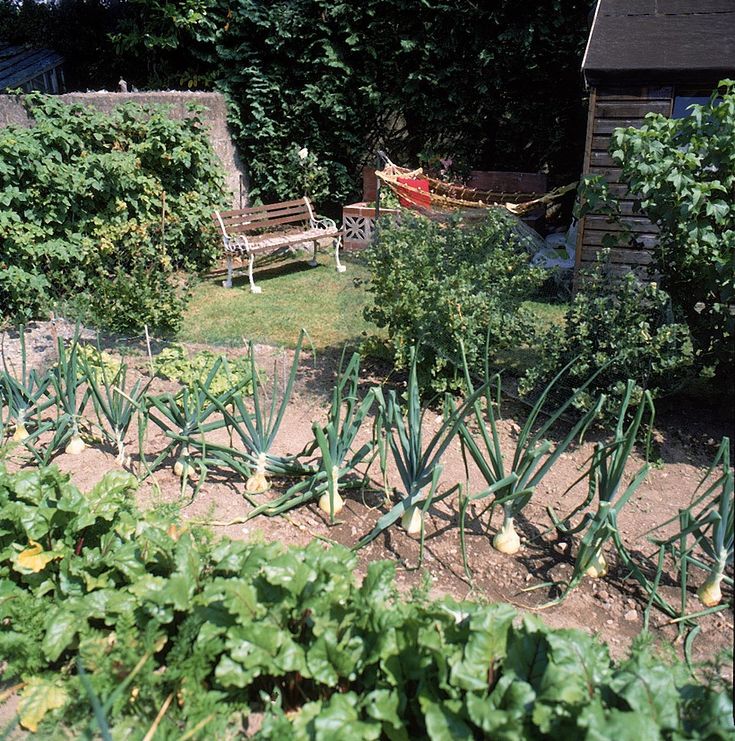
Whether you choose to container garden, plant in a raised bed, or directly in the ground.
Choosing easy, reliable plants is half the battle. And… it’s not too late to start a garden this season. Think about growing at least one of these 7 easy plants.
1. Slicing Tomatoes
“Also known as beefsteak tomatoes, this group of tomatoes produces medium to large fruits that are often sliced for topping burgers and sandwiches and is one of the top must-grow plants. Often red but also available in yellow and green varieties, slicers tend to be disease-resistant and easy to grow. Some of the most popular slicers include ‘Better Boy’ and ‘Celebrity’. Several heirloom tomatoes are also excellent slicers. ‘Brandywine’ is a pink-skin heirloom with soft flesh and full flavor. Get started with transplants from your local nursery or a mail-order source.”
Read more on growing tomatoes…
2. Cherry or Bite Size Tomatoes
“These bite-size tomatoes are packed with flavor and sweet tomato juice, making them a great must-grow plant.

Read more on growing healthy tomatoes…
3. Sweet Peppers
“Sweet peppers come in all shapes and sizes. Bell peppers are the most popular garden variety of sweet peppers and are an easy, must-grow plant. Left to ripen, they turn red, purple, orange, or yellow and contain various amounts of sugar depending on the variety. Green bell peppers are the most common. Try ‘California Wonder’ or ‘Purple Beauty.'”
“Paler green and yellow elongated sweet pepper varieties often have a more intense flavor. Because peppers require a long, hot growing season, in cool regions or areas with short growing seasons, they may never develop their ripe color. Try ‘Sweet Banana’.
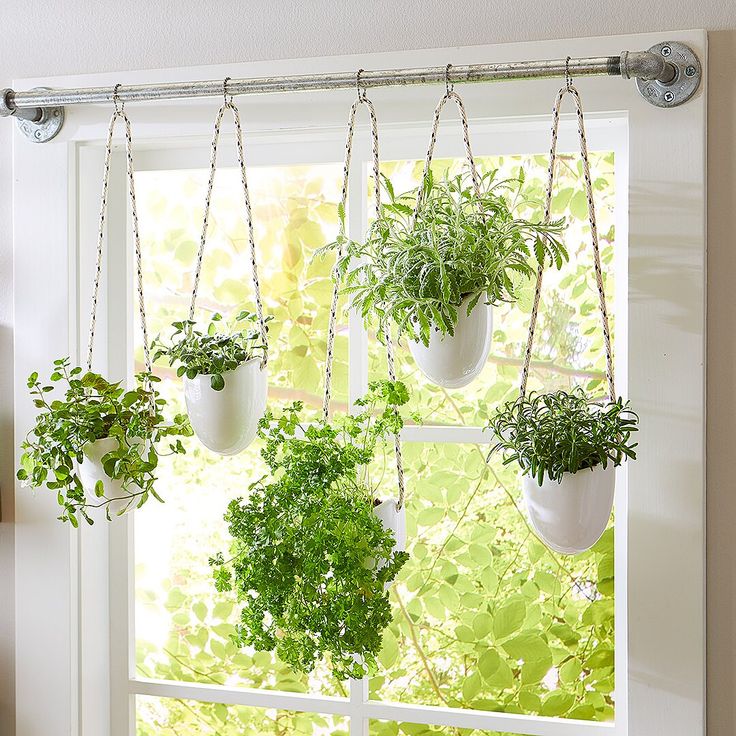
Read more on growing vegetables in containers…
4. Cucumbers
“A couple of cucumber plants will easily produce enough fruit for a family of four—you might even have some extra bounty to share with friends and neighbors, making them a great top 10 must-grow plant. Easy to grow and vigorous, cucumbers thrive in the heat of summer. Their trailing vines can sprawl across the garden, or they can be trained onto a sturdy trellis. Bush types are excellent for small-space gardens and containers. Try ‘Marketmore 76’ or ‘Salad Bush’. Cucumbers are easy to grow from seed planted in late spring after the last frost.”
Read more on making refrigerated pickles…
5. Spinach
“Scrumptious in a fresh salad and lovely in the garden, spinach is a top must-grow plant for the edible landscape. Plant ribbons of spinach through a perennial border, or use it as a tiny, tidy hedge around a plot of early-season vegetables.
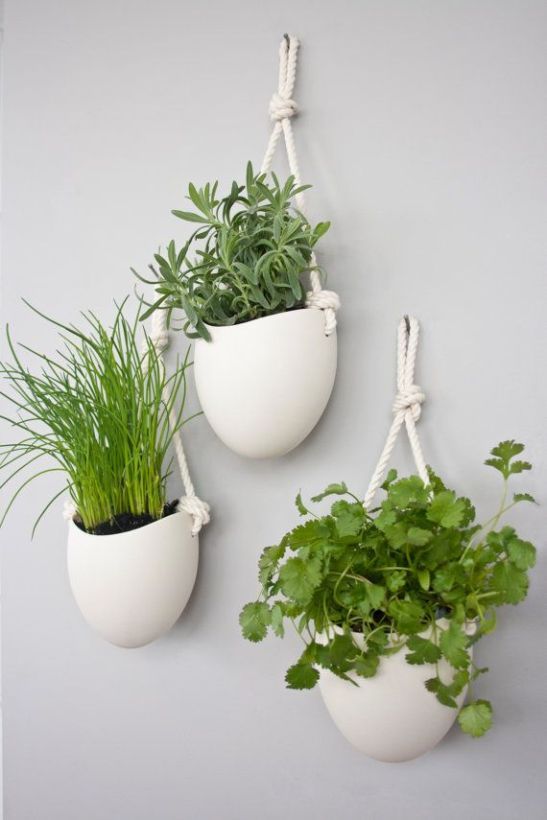
6. Herbs
Perfect partners to sauces, soups, salads, casseroles, frittata, and many other dishes. Easy to grow both indoors and out and as a bonus, creates beautiful, edible landscapes. Grow from seed or transplants.
Read more on easy to grow herbs…
7. Beans
“Beans are some of the easiest vegetables to grow, and a wonderful addition to a must-grow plant list. Perfect for a first-time gardener or a child’s vegetable garden, beans quickly germinate and produce copious amounts of tasty treats. They are available in a variety of shapes, colors, and sizes; some plants produce colorful flowers, pods, and seeds. From snap beans to edamame—you can grow them all. Try ‘Provider’: It is known for its fast growth. Beans are easy to grow from seed.”
Neapolitan Green Beans with Garlic & Red Pepper Recipe
90,000 List of garden plants: Names and photosDownload Free reference book
described 600 Plants
+ Remote Remark
+ Sowing calendar for each day
⇨ Download ⇦
- Catalogs
A vegetable garden is a relatively small area where vegetables suitable for food and processing are grown. Sometimes berries and fruits also grow on the plots. Some gardens are located in close proximity to housing, but in cities there are entire gardening communities: their lands are located on the outskirts and are divided into small plots on which residents of high-rise buildings set up their gardens, vegetable gardens and even build housing.
There are a lot of garden plants, and they belong to different families, but they are united by the fact that they are used as food more often than other plants. When distributing crops in the garden, you should follow the compatibility table developed by experts: this way you can prevent the rapid spread of pests and diseases, avoid competition between plants in terms of nutrition and, accordingly, increase yields.
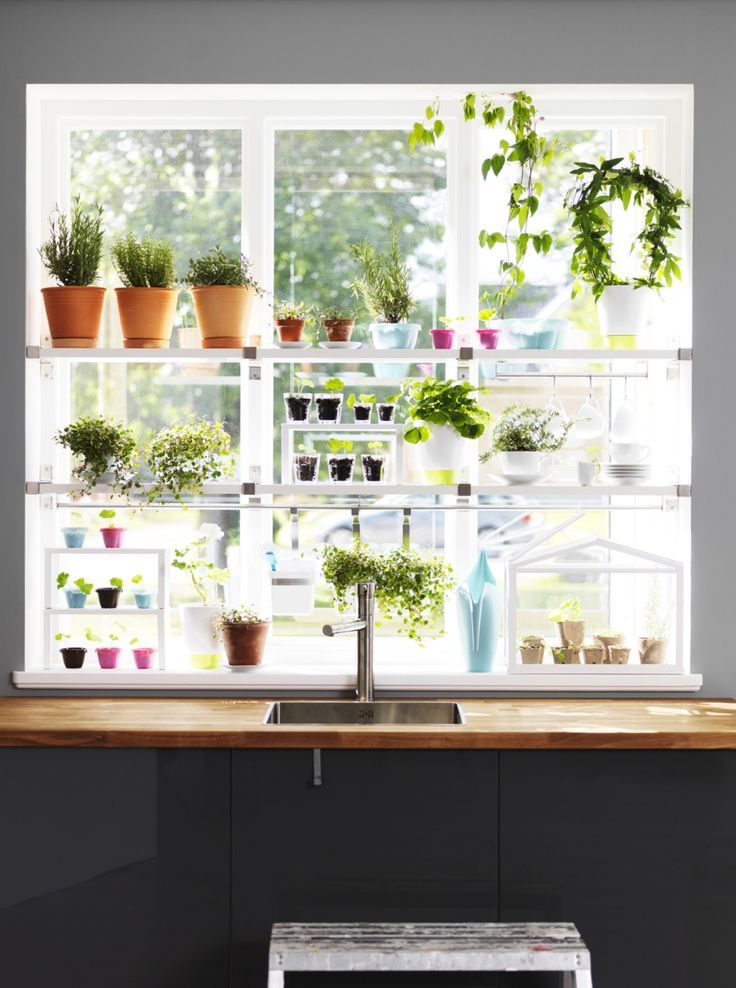
Popular garden plants include all varieties of cabbage, a significant proportion of legumes, onions, greens, nightshade and cucurbits, herbs and some root crops.
Any gardener has ever experienced difficulties in growing certain vegetables, and beginner gardeners always have many problems. In this article, we will introduce you to ten common mistakes that are made when growing vegetables, as well as suggest ways to avoid these mistakes.
Continue Reading
Each gardener strives to get the largest and highest quality harvest, using every opportunity for this: diligently prepares the soil for sowing, fertilizes it, looks for seeds in garden pavilions and on Internet sites for the seeds of the most productive and resistant to adverse factors varieties, trembles over each seedling, watering, loosening, poisoning beetles and collecting caterpillars .

Continue Reading
Good afternoon, dear readers! I want to remind you of what you need to do in your garden in June. At this time, basically all trees stand with an ovary, which is actively developing, consuming a lot of water and nutrients. And this means that the trees need to be watered. Every gardener has their own watering methods. I think the garden needs to be watered
Continue Reading
Today I will talk about organic fertilizers that can be used to feed seedlings, as well as adult plants in the open field or in a greenhouse. I don’t buy fertilizers for my plants, but I always prepare them myself.
Continue Reading
Last season, some of you complained about the complete or partial fall of flowers from the first bunch of tomatoes. Let's talk in more detail about the causes of this phenomenon and how this trouble can be prevented.
Continue Reading
Today I will talk about the best, from my point of view, ways to grow onions for greens.

Continue Reading
I want to share with you a recipe for an effective remedy that will feed your cucumbers and help you cope with their diseases. After processing cucumbers with this solution, they will not only stop hurting, but will also begin to better set fruits.
Continue Reading
Today I will tell you about a variety of ways to grow onions for greens: in bags, plastic containers, on sawdust and on the ground, so that you can decide which one suits you best.
Continue Reading
Many are in a hurry to plant in the hope of growing seedlings early, planting them in the greenhouse early and harvesting before others. But, unfortunately, sometimes plans fall apart.
Continue Reading
Today we will be sowing sweet peppers for seedlings, and I want to talk about the most important points that must be observed in preparing and performing this action. First, you need to decide on the varieties and hybrids that you are going to grow this year.
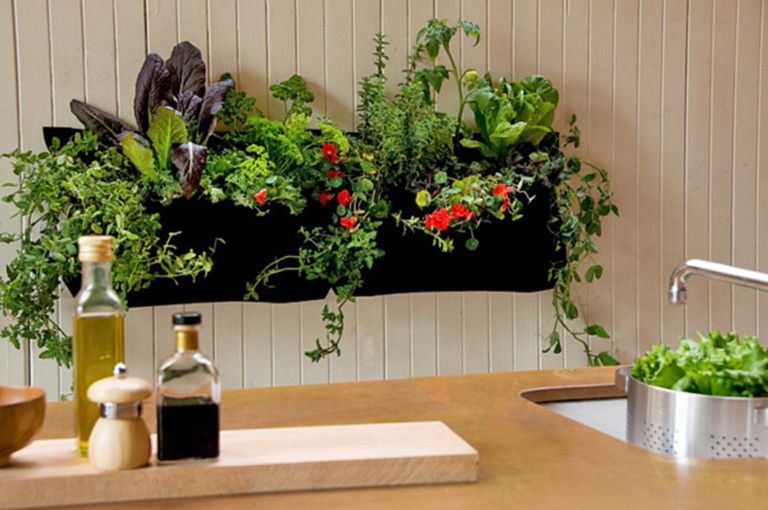
Continue Reading
Today I'll tell you about the rules that you need to follow in order to get high-quality planting material for cucumbers.
Continue Reading
I want to share with you the ways that help me to achieve rapid ripening of tomatoes on the bushes, so that I do not have to pick green fruits en masse at the end of the season and ripen them.
Continue Reading
Today I will tell you about the intricacies of growing cucumber seedlings. I advise everyone to grow parthenocarpic hybrids: they are tastier, juicier, seeds do not develop in them, they ripen faster and give more yield, because ...
Continue Reading
Today I want to share with you a couple of secrets that help me successfully grow tomatoes in the open field, keep the plants healthy longer and, accordingly, get good yields in a fairly small area.
Continue Reading
Today I will tell you how to grow seedlings of tomatoes, how to water tomatoes in a greenhouse and open ground, how to protect them from the sun, as well as such an important device as a timer for a watering system.
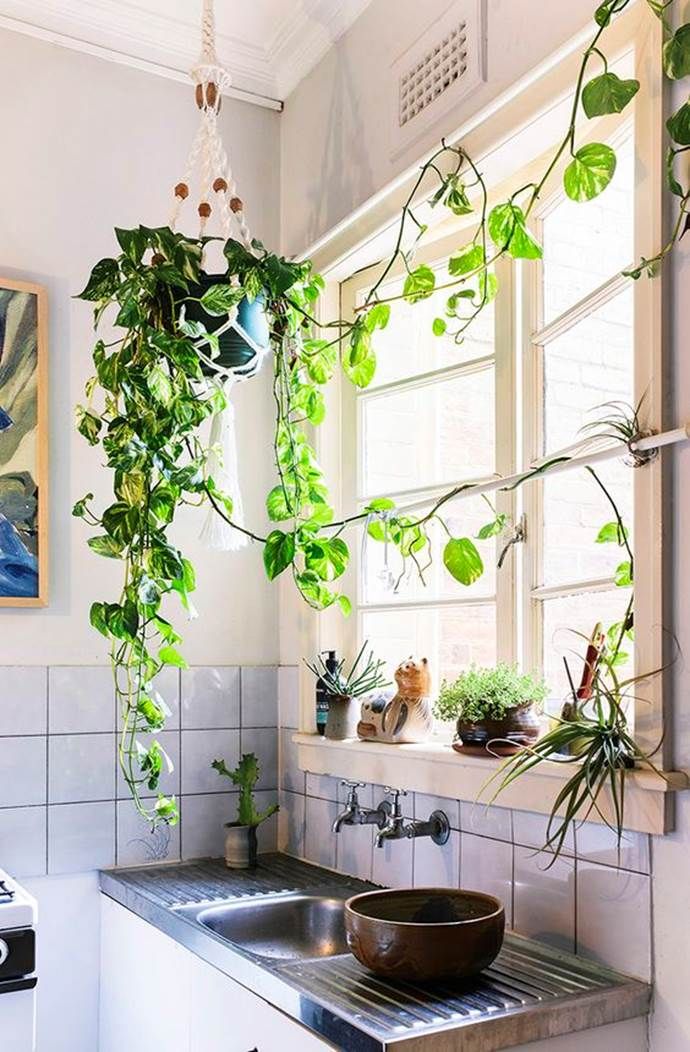
Continue Reading
Friends, let's discuss what mistakes you make when growing potatoes. If you can avoid them, you will always have a rich harvest.
Continue Reading
Today we will talk about how to deal with late blight without the use of chemicals. The best way to protect plants from phytophthora is preventive spraying on the leaves. If you carry out the treatment every 4-10 days in any weather, you will forget about late blight.
Continue Reading
Friends, today I will tell you about the most important work that you should do in your garden in the fall. The quality and quantity of your future harvest depends on how well you deal with them.
Continue Reading
The heat-loving and capricious bell pepper is grown through seedlings, and it takes a lot of effort to make the seedlings grow strong and healthy. We offer you some tips to help you grow excellent seedlings at home.
Continue Reading
Today I will tell you how to grow zucchini in a container, in a greenhouse and in the open field from early spring to winter.
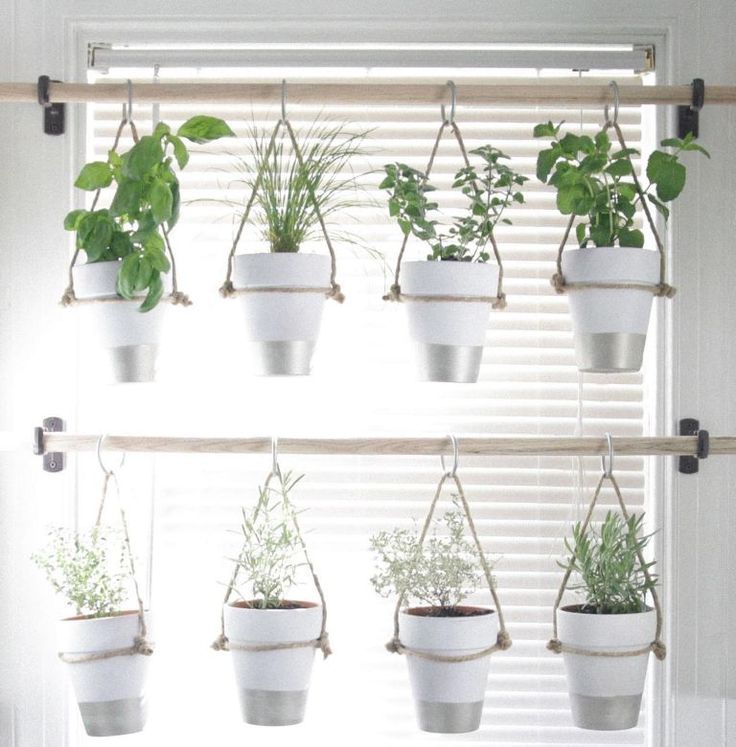
Continue Reading
We finally moved all our plants from the room to the nursery. March 16 is on the calendar, and today we are sowing sweet peppers and eggplants for seedlings. When calculating the timing of planting sweet pepper, it must be borne in mind that if you dive seedlings into seedlings, then 60-70 days will pass from sowing to planting in the ground. We have already sown several very early peppers and managed to pick them up in glasses, and today we will sow pepper seedlings for growing in open ground.
Continue Reading
Cultural peanuts (lat. Arachis hypogaea), or underground peanuts, or peanuts - a sought-after earthen crop that belongs to the genus Peanuts of the legume family. Botanically, the peanut is not a nut, but a legume. The homeland of the plant is South America, where it already had value in those days when the mainland had not yet been discovered by Columbus. Peanuts came to Europe thanks to the Spanish conquistadors, and later the Portuguese brought this crop to Africa, where the nutritional properties of peanuts and its ability to grow on poor soils were highly appreciated.
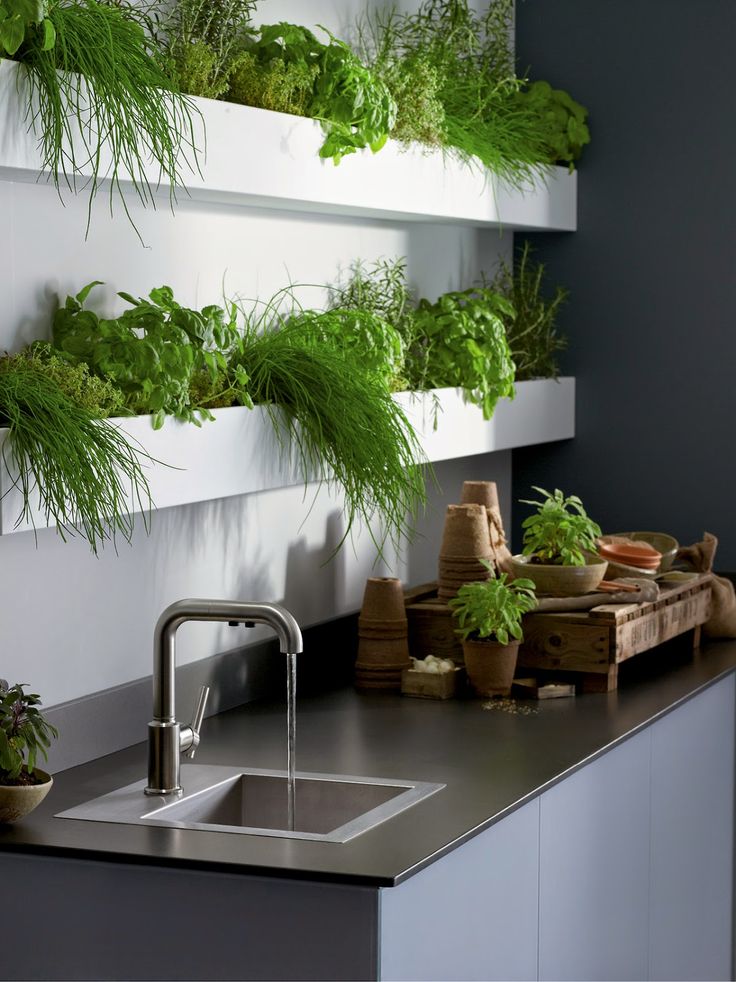
Continue Reading
I want to share with you the experience of growing watermelons from sowing seedlings to harvest.
Continue Reading
Watermelon plant (lat. Citrullus lanatus) is a herbaceous annual, a species of the genus Watermelon of the Pumpkin family. Watermelon is a melon culture. Watermelon is native to South Africa - Botswana, Lesotho, Namibia, South Africa. The colocynth species, related to watermelon, is still found here, which is considered the ancestor of the cultivated watermelon. This culture was cultivated in ancient Egypt, in the 20th century BC: watermelon seeds were found in the tomb of Tutankhamun. Evidence that the watermelon was known to the ancient Romans, who ate it fresh and salty and also made honey from it, can be found in the verses of Virgil.
Continue Reading
Basil is perceived by many only as a spicy herb, but this plant also has healing properties and can, if not cure an illness, then greatly alleviate a painful condition.

Continue Reading
Fragrant basil plant (lat. Ocimum basillicum), or camphor, or garden, or ordinary, is a herbaceous annual of the Basil species of the subfamily Kotovnikovye of the Lamiaceae family. In the wild, basil herb grows in China, Iran, India, Africa, southern Asia, the tropics of the American continent, Central Asia and the Caucasus. It is assumed that basil originated from Africa, and was brought to Europe by the soldiers of the army of Alexander the Great.
Continue Reading
Eggplant plant, or dark-fruited nightshade (lat. Solanum melongena), or badridzhan, or blue - a species of herbaceous perennials of the genus Nightshade, growing wild in South Asia, India and the Middle East. This vegetable began to be introduced into culture one and a half thousand years ago, as evidenced by ancient texts in Sanskrit.
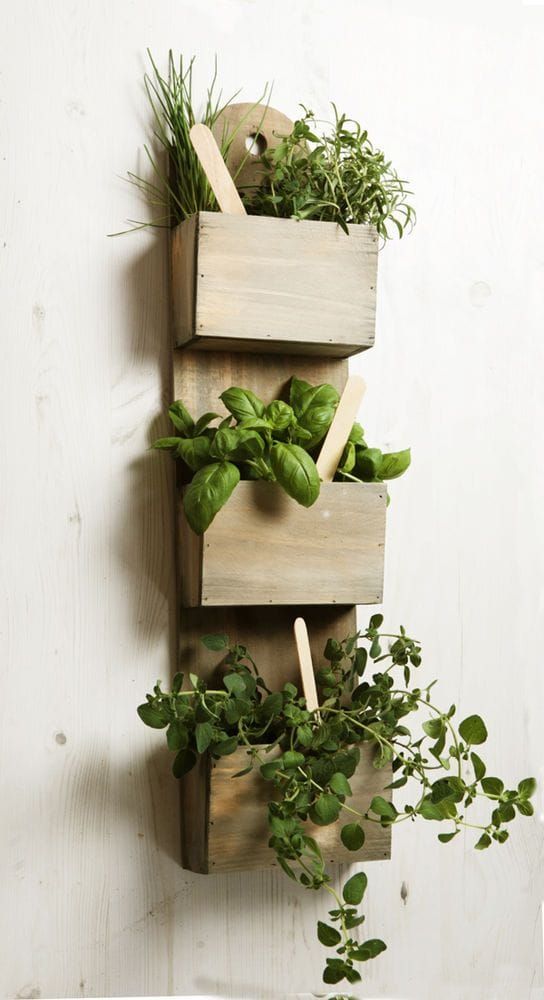
Continue Reading
Today we will talk about how I take care of eggplant bushes, how I water and what fertilizers I use, talk about the subtleties that help me get an early and large harvest of eggplant in the open field.
Continue Reading
Today I have planned sowing seedlings of eggplant seeds. I usually sow eggplants in February: in the first half of the month I sow varieties of late and medium ripening, and in the second half - early varieties of this crop.
Continue Reading
At present, the okra plant has gained particular popularity in our latitudes. This is a vegetable herbaceous crop that grows in the nature of America, Europe and Asia. The composition of okra fruits, resembling capsicum in their appearance, includes many substances that are useful for the human body.
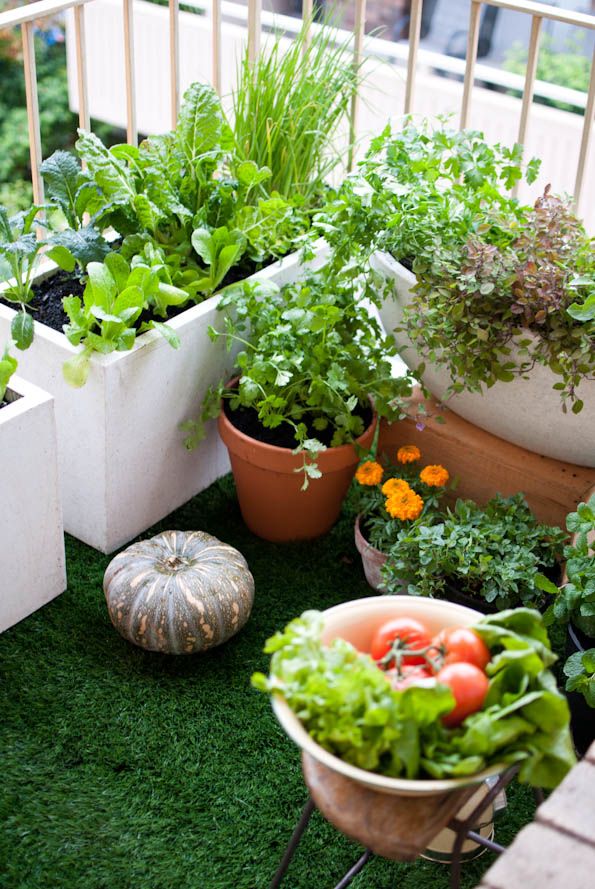
Continue Reading
You might be interested
Garden plants: name and description
Vegetables, fruits and berries are a source of human health. They are rich in usefulness and taste. Read about garden and garden plants in the article.
Garden crops
The names of garden plants and fruits of these plants are very diverse. There are a huge variety of species, varieties and varieties. Here are some of them:
- Root crops: radish, turnip, swede, carrot, potato.
- Leafy plants: lettuce, spinach, sorrel.
- Spicy flavors: basil, dill, celery, parsley.
- Gourds: watermelon, melon, pumpkin, marrow, squash.
- Legumes: peas, beans.
- Cabbage crops: white and red cabbage, kohlrabi, Brussels sprouts, Beijing, cauliflower.
- Herbaceous plants: leeks and shallots, asparagus and garlic, beets and cucumbers, tomatoes and peppers.
Garden plants, depending on the species, are grown in different ways.
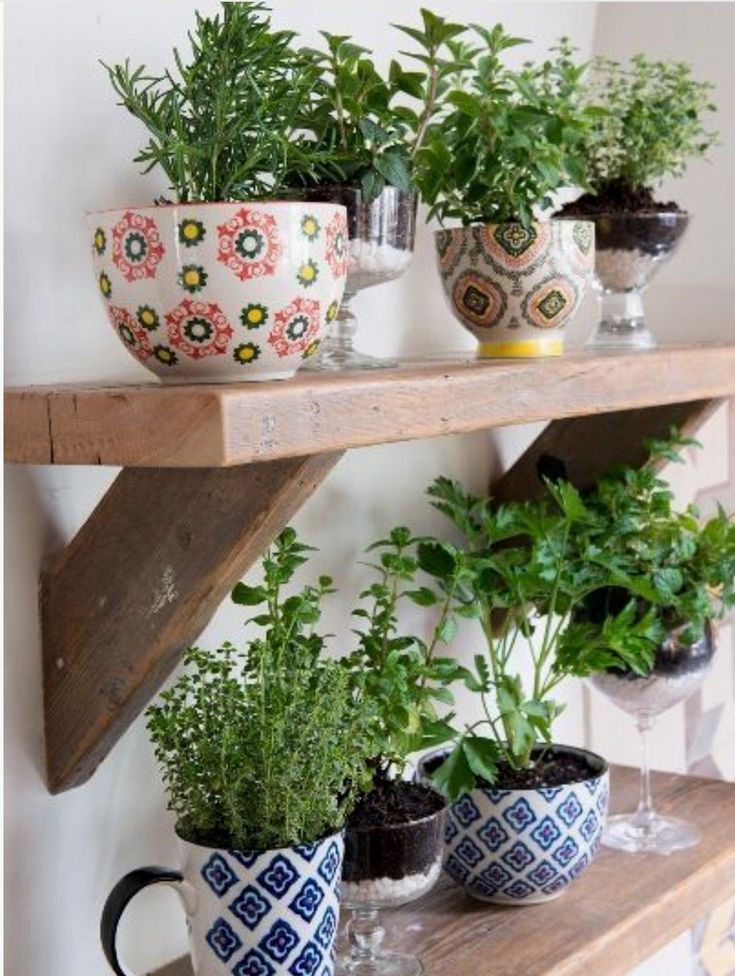
Shade-loving horticultural crops
As a rule, these horticultural plants are not initially planned to be planted in the garden. But in order to get rid of the codling moth and other pests, shade-loving crops are often planted in the near-stem circles of shrubs or large herbaceous plants. The names of garden plants, which do not require a lot of light to grow, are very diverse - these are beans and tomatoes, parsley and lemon balm, tarragon and mint.
Names of fruit shrubs in the garden
These crops are of great benefit to gardeners: they produce tasty and healthy berries; they decorate the backyard territory; they are unpretentious to growing conditions; they are easy to care for.
- Gooseberry is a shrub whose fruits contain large amounts of vitamins and microelements. Does not require special care, but is sensitive to winter cold and excessive humidity. Therefore, it should be sprinkled for the winter, and not poured in the summer.It bears fruit for twenty-five years.
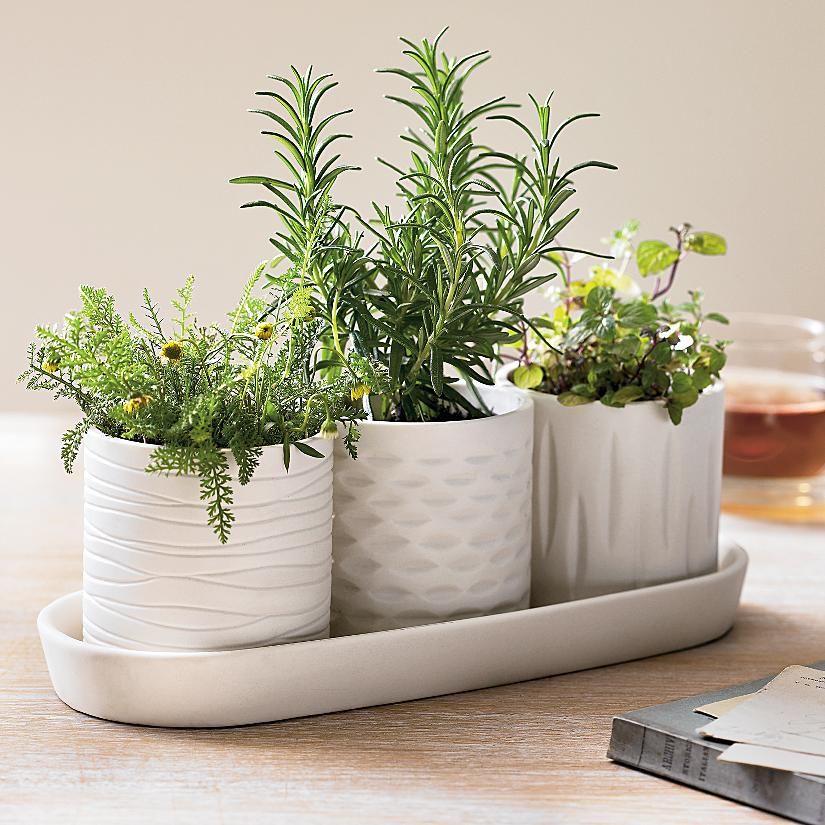
- Raspberry is a frost-resistant fruit shrub. Grows in well-lit areas protected from drafts. Healing berries appear a year after planting. Bushes grow quickly. This plant is demanding on soil and moisture.
- Irga - decoration of the garden. Grows in bushes and trees. For delicious berries, gorgeous flowering and unpretentiousness, this plant is loved by gardeners. The fruits have an anti-inflammatory effect in the treatment of the stomach and gums.
Poisonous horticultural plants
People build dachas for recreation, at this time they don't want to think about any dangers that can harm their health. But having the information, you can avoid many troubles. Many horticultural crops can pose a danger, here are some of them:
- Narcissus is a beautiful flower that many summer residents grow for pleasure. But not everyone knows that the bulbs of the plant are poisonous. They contain lycorine.Once in the body, it causes a gag reflex.
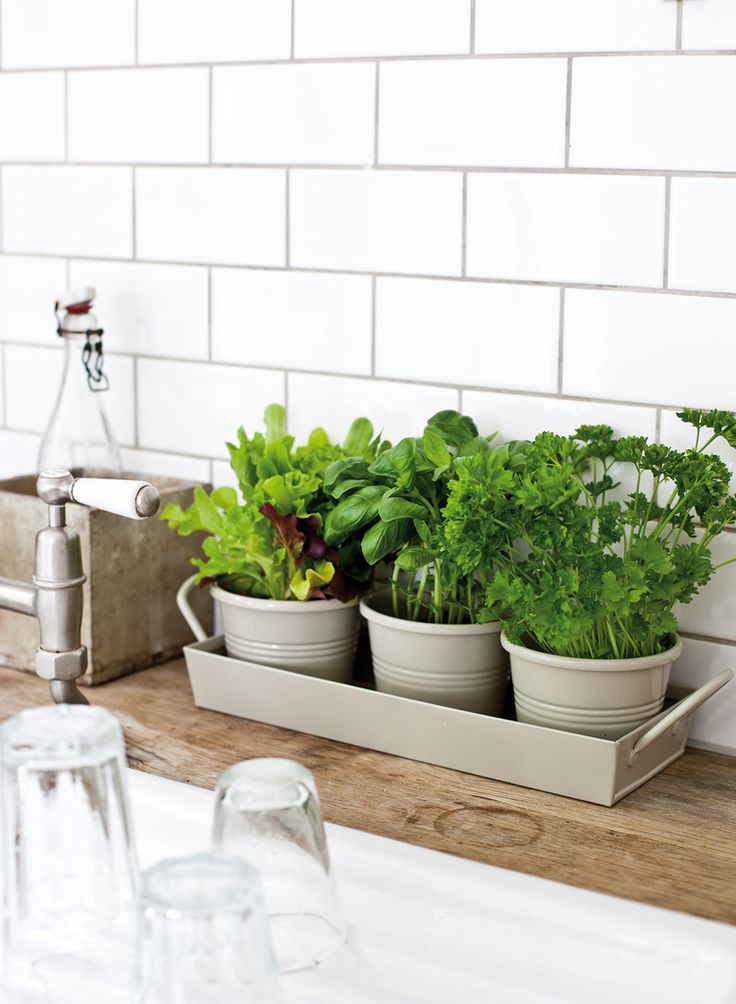
- Hyacinth is a frequent guest at the summer cottage. Its bulbs are poisonous, they are confused with onions. If you fill them with salad, by negligence, digestion will be disturbed.
- Kupena is a herbaceous plant used for ornamental purposes in the garden.
- White ash is a beautiful flower, popularly called the "burning bush". It has the ability to increase the sensitivity of the skin to ultraviolet radiation. If he grows in the country, then working with him, you should wear gloves.
Garden plants should be used with caution, as their juice, getting into the eyes and on the skin, causes irritation.
Medicinal herbs in the garden
It is customary to grow onions, dill, parsley in the garden. Of course, these herbs are useful. But there are garden plants that are eaten for the health of the body and for decorating the territory. Here are some of them:
- Amaranth is a herbaceous plant that tastes like spinach.

Learn more
